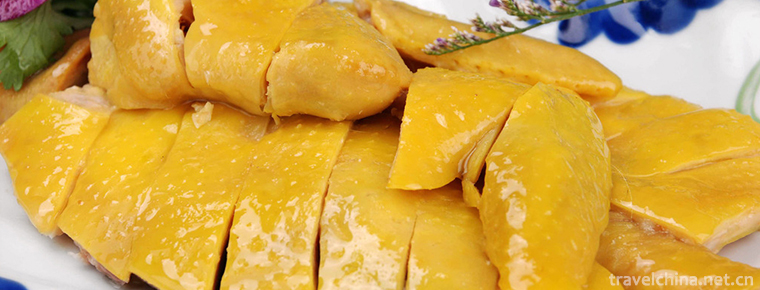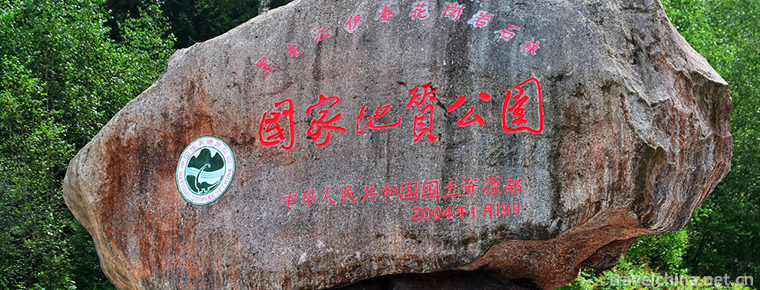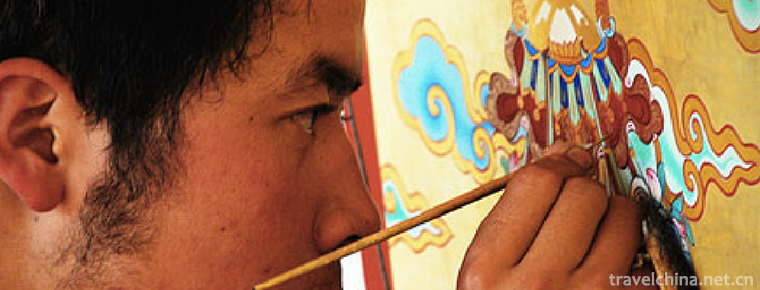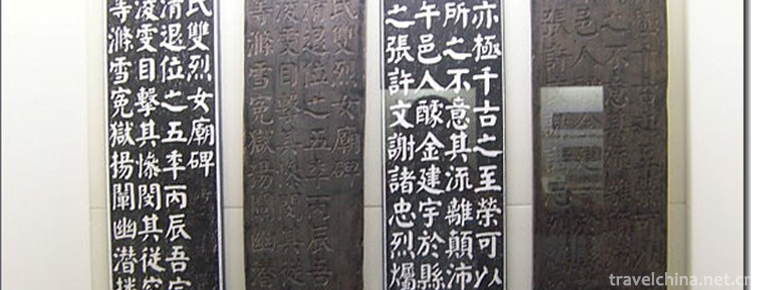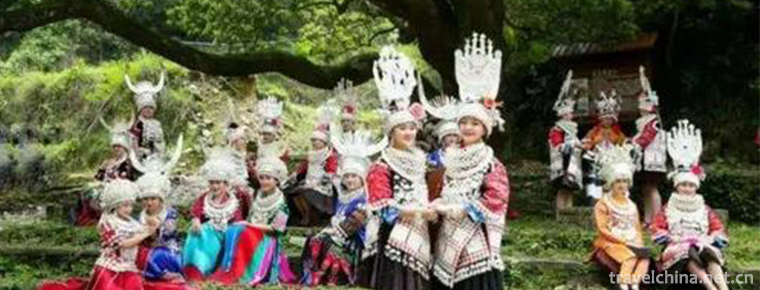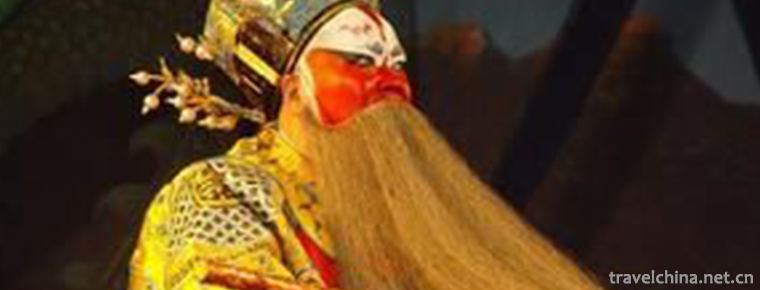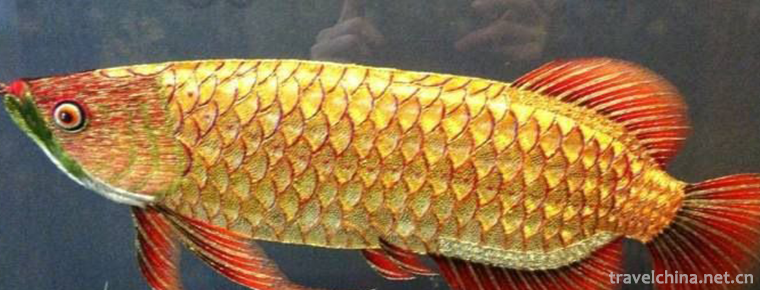Flower Huaer
Flower Huaer
"Huaer" is a folk song created and shared by Han, Hui, Tibetan, Dongxiang, Baoan, Sarah, Tu, Yugu and Mongolian nationalities in Gansu, Qinghai and Ningxia provinces in Northwest China. is named for the metaphor of women as flowers in the lyrics. It sings in Chinese and is influenced by the traditional music of the Qiang, Tibetan, Han, Tu and Muslim nationalities. "Huaer" originated in the early Ming Dynasty (around 1368 A.D.).
On May 20, 2006, Huaer was approved by the State Council to be listed in the first batch of intangible cultural heritage at the national level in China.
In December 2018, the Ministry of Education recognized the Northwest Huaer Heritage Base of Lanzhou University as the first batch of excellent traditional Chinese cultural heritage bases of national universities.
historical origin
Huaer was born in the early Ming Dynasty (around 1368 A.D.). It is a folk song created and shared by Han, Hui, Tibetan, Dongxiang, Baoan, Sarah, Tu, Yugu and Mongolian nationalities in Gansu, Qinghai and Ningxia provinces (regions) in Northwest China. It is named for the metaphor of women as flowers in the lyrics. It sings in Chinese and is influenced by the traditional music of the Qiang, Tibetan, Han, Tu and Muslim nationalities. Because of the different musical characteristics, lyrics and spreading areas, Huaer can be divided into three categories: Hehuang Huaer, Taomin Huaer and Liupanshan Huaer. In addition to the impromptu singing in the fields, pasturing and traveling, people spontaneously hold a large-scale Folk Song Contest - "Huaer Festival" at a specific time and place every year, which has the special value of multi-ethnic cultural exchanges and emotional blending.
Huaer is actually a term used in academia. Local people call it "Manhua" or "Manhua" more accurately. Because of the local pronunciation of "Er", outsiders of "Manhua" sound like "Manhua". From the naming, it is pointed out that the key of "Huaer" lies in "rambling", which is similar to what we often call "rambling". On the day of Flower Club, young men and women will carry dry food on their backs and go to nearby mountains to "Flower Club", similar to other temple fairs or outings. They sing to each other by singing, singing alone, or asking and answering questions. In a word, they do not stick to any form. They are very free and "scattered", so they are called "diffuse flowers".
Huaer, also known as a teenager, is a multi-ethnic folk song popular in Northwest China. It gets its name by comparing young women with flowers in lyrics. Flowers are produced in Linxia, Gansu Province, and are popular in Gansu, Qinghai, Ningxia, Xinhua and other areas. They have numerous lyrics and high literary and artistic value. They are called the soul of Northwest China. As the birthplace and main singing place of Huaer, Linxia Hui Autonomous Prefecture and Minxian County of Gansu Province were awarded the title of "China's Huaer Township" by the Chinese Association of Folk Literature and Art Artists, Kangle County and Hehe County were named the Chinese Huaer Protection Base and the Chinese Huaer Heritage Base, Jishishan Dongxiang Sala Autonomous County and Yongjing County were identified as folk song textual research by UNESCO. Acquisition sites. Linxia, Gansu Province, is the home of Huaer. At the 4th meeting of the UNESCO Intergovernmental Committee for the Protection of intangible cultural heritage held in September 2009, Huaer, a national intangible cultural heritage, was admitted to the list of representatives of human intangible cultural heritage along with 21 other intangible cultural heritage projects declared by China.
Inheritance significance
Zhang Yaxiong lived in Xining from 1944 to 1947. In his spare time, he ran around the fields and riverside mountains, recording some beautiful flowers. In the autumn of 1948, when Huaer Ji was reprinted in Lanzhou, many new contents were added. In 1950, Zhang Yaxiong was preparing to publish the third Huaer Collection, but he failed because of his unfair historical treatment. In the Cultural Revolution, he still insisted on the study of "flowers" although he lived by picking up the ragged ones. It was precisely: "Flowers are the words of the heart. He could not help singing without his own home. The way of singing is to cut the head with a knife and not die." In 1981, at the Second Literary Congress of Gansu Province, Dai Liren, a peasant writer in Pingliang and a fan of flowers, presented Zhang Yaxiong with a 1948 edition of Hua Er Ji. In 1986, at the age of 76, Zhang Yaxiong met Huaer Ji, a reprint of the Chinese Language Federation Publishing Company.

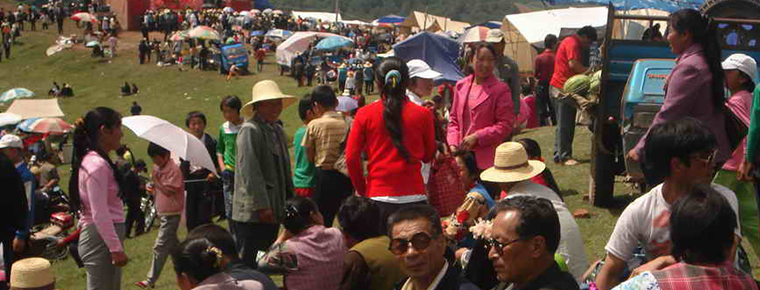
-
White cut chicken
White cut chicken, also known as white cut chicken, is the most common dish in Guangdong cuisine. It is a kind of chicken dipping. Its characteristics are simple and easy to prepare, without batching .
Views: 231 Time 2018-11-02 -
Tangwang River Linhai Qishi Scenic Area
Tangwanghe Linhai Qishi Scenic Area is located in Tangwanghe District, Yichun City, Heilongjiang Province..
Views: 139 Time 2018-12-05 -
Tibetan Thangka
Tibetan Thangka, also known as Tangga, is a transliteration of Tibetan language. It is a scroll painting mounted on satin fabrics. It is a kind of painting with Tibetan cultural characteristics.
Views: 164 Time 2019-04-15 -
Rubbing and Printing Skills of Hengshui Inscriptions
Hengshui Law Tie Engraving and Printing Technology, the traditional handicraft of Taocheng District, Hengshui City, Hebei Province, is one of the national intangible cultural heritage..
Views: 191 Time 2019-05-03 -
Miaos Rock planting Custom
Traditionally, the Miao people have a kind of public deliberation and legislative activities called "burying rock" (also known as "planting rock". When burying rock, they bury a re.
Views: 192 Time 2019-06-05 -
Ningjin Acrobatics
Ningjin acrobatics is one of the traditional folk acrobatics in Shandong Province. With its long history of development, extensive mass base, profound cultural heritage and exquisite performing skills.
Views: 171 Time 2019-06-08 -
Shaoxing opera
Shao Opera, a traditional Chinese opera. Originally known as "Shaoxing Chaotian Bomb", commonly known as "Shaoxing Daban", it originated from Qin Opera and was named Shaoxing Opera.
Views: 182 Time 2019-06-14 -
Guangdong embroidery
Guangdong embroidery is the general name of Guangzhou embroidery (Guangzhou embroidery) and Chaozhou embroidery (Chaozhou embroidery). It is one of the four famous embroidery in China..
Views: 202 Time 2019-07-16 -
New brown leaf weaving
Xinfang Brown edition is one of the traditional handicraft products in China. It has entered the third batch of national intangible cultural heritage list recommendation project list. It originated in.
Views: 472 Time 2019-08-16 -
Muli Temple
Muli temple is a key cultural relics protection unit in Sichuan Province. It is located at the foot of daniyabu mountain, youyidian village, Taoba Township, Muli Tibetan Autonomous County. It is more than 300 kilometers away from Xichang City.
Views: 274 Time 2020-10-16 -
Tertiary industry in Guangan
In 2019, the total retail sales of social consumer goods in Guang'an will reach 55.4 billion yuan, an increase of 10.8%. By industry, the retail sales of wholesale, retail, accommodation and catering industries were 7.2 billion yuan, 39.27 billion yuan, 1.23 billi.
Views: 280 Time 2020-12-19 -
Guangan Airlines
There is no airport in Guang'an, but there are many airports around it. At the same time, Guang'an terminal building of Chongqing Jiangbei International Airport has been built in the urban area. Guang'an is 110 kilometers away from Chongqing Jian.
Views: 170 Time 2020-12-19
